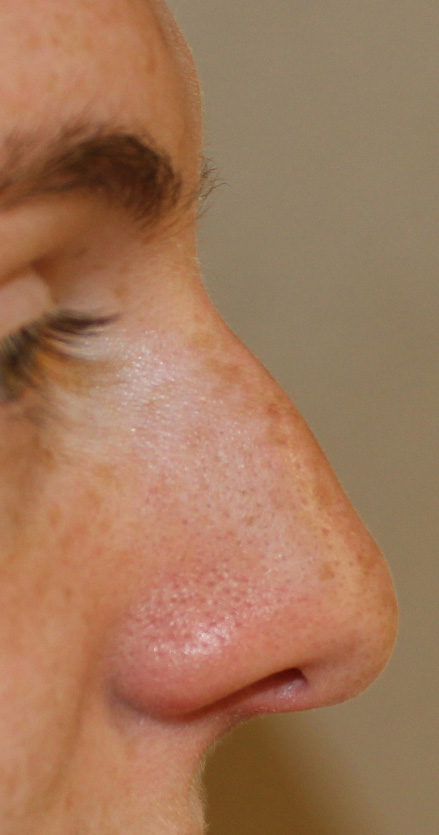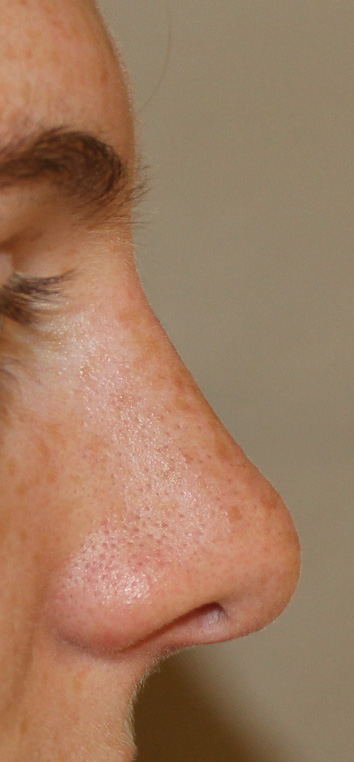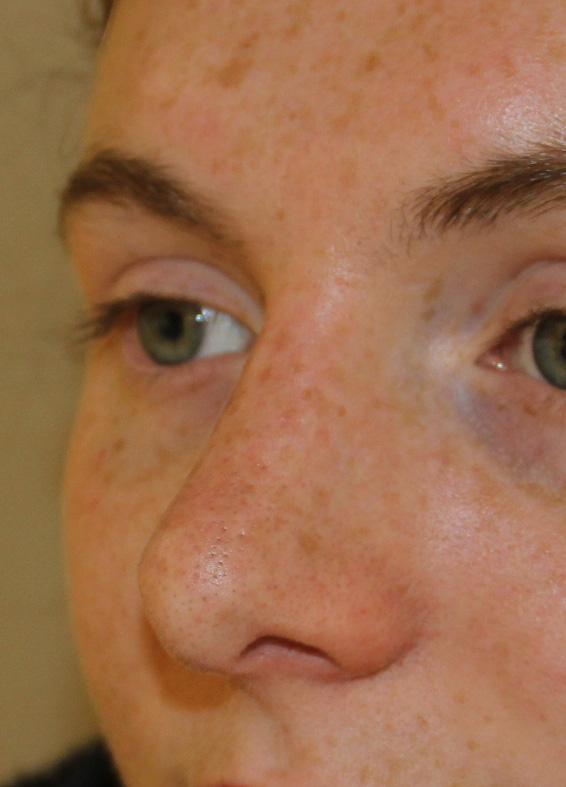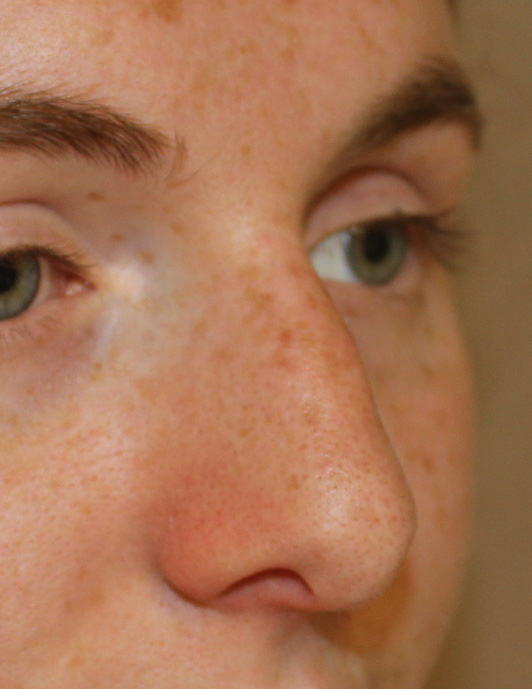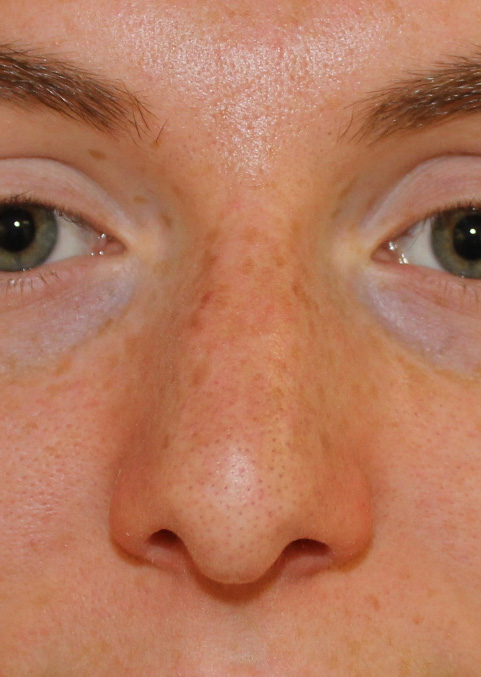Deviated Septum Surgery
A deviated septum may require surgical repair as it can make breathing more difficult. This procedure is also known as septoplasty. For some patients, the additional exposure from a deviated septum can increase airflow through the nose causing crusting or bleeding. Because of this, it can significantly affect a patient’s quality of life.
What Is Deviated Septum Surgery?
Nasal septoplasty surgery aims to repair a deviated septum by repositioning it to make it more central. This can help to improve several conditions such as nasal obstruction and difficulty breathing. This surgery is often only required for medical reasons, but patients may also wish to undergo deviated septum surgery for aesthetic benefits.
In many instances, a deviated septum is apparent from birth. However, it can also occur as a result of injury, such as a strike to the nose during high contact sports.
Case Studies
What Are The Best Treatment Options?
A deviated septum is most commonly treated with rhinoplasty surgery to correct the appearance of the nose.
Rhinoplasty
Deviated septum surgery techniques can vary from patient to patient but on the whole, rhinoplasty is the preferred method. Generally, during the procedure, the surgeon will make an incision into your septum where they’ll trim it to make it straighter. In some instances, they may need to cut the bone to position it correctly. Splints will then be used inside your nostrils to keep your newly centred nose in place. The wound is then closed with dissolvable stitches.
How Long Will The Results Last?
Though the majority of patients are pleased with the final results, there are some instances where cartilage can move over time. This may require a repeat procedure to rectify.
